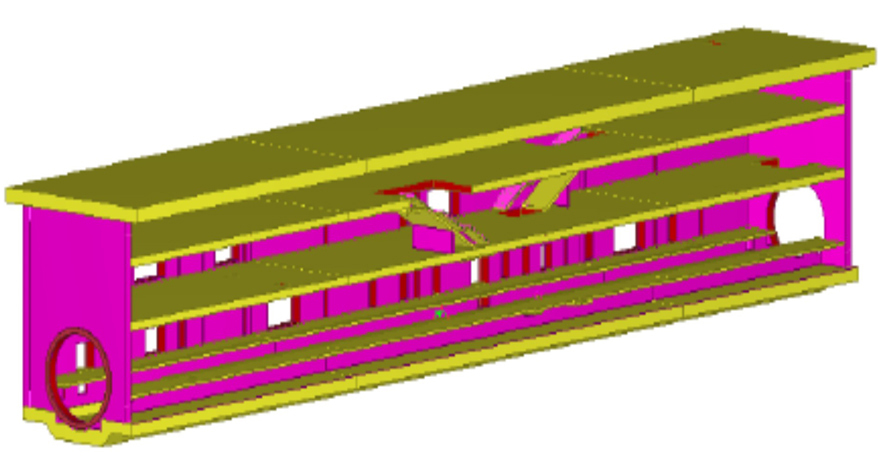Structural and economic analysis of changes in design parameters of urban railway stations: a case study
1
School of Engineering,, Fujian Jiangxia University, China
2
Civil and Environmental Engineering, University of Massachusetts Lowell, United States
3
Department of Civil Engineering, Neyshabur branch, Islamic Azad University, Iran
4
Department of Civil Engineering, Montazeri Technical College of Mashhad, Iran
5
Department of Civil Engineering, Hakim Sabzevari University, Iran
6
Civil Engineering, Sharif University of Technology, Iran
Submission date: 2024-03-17
Final revision date: 2024-07-03
Acceptance date: 2024-08-27
Publication date: 2025-09-16
Corresponding author
Amirhossein Madadi
Civil and Environmental Engineering, University of Massachusetts Lowell, 01854, Lowell, United States
Civil and Environmental Engineering, University of Massachusetts Lowell, 01854, Lowell, United States
Archives of Civil Engineering 2025;71(3):111-128
KEYWORDS
optimizationadded valuestructural and economic analysisurban railway (metro) stationreinforce concrete structuresP-M interaction
TOPICS
ABSTRACT
Structural and economic analysis of changes in design and construction parameters of sections of urban railway stations is conducted. Evaluation of utilization of economic concrete in such structures is performed. The results indicate the bending capacity is more important than axial force capacity, an increase of concrete compressive strength could not substantially affect the decrease of area of reinforcement. However, the improvement of durability and lifetime properties of structural members of the station as an underground structure can be considered as the advantages of such reinforced concrete structures. The minimum concrete compressive capacity that can be utilized in I2 station is C25 grade so that the lower concrete grades could not meet the structural requirements. Furthermore, the efficient results show that an increased concrete compressive strength, but a decreased section height leads to a similar cost and load-bearing capacity to the reference design, while including better durability and lifetime characteristics. In this way, with the purpose of obtaining a similar load-bearing capacity to the reference design, utilization of rebar with increased strength grade (AIV instead of AIII rebar) can also result in decreasing the area of reinforcement, which can be followed by a 9% added value for the project.
Share
RELATED ARTICLE
We process personal data collected when visiting the website. The function of obtaining information about users and their behavior is carried out by voluntarily entered information in forms and saving cookies in end devices. Data, including cookies, are used to provide services, improve the user experience and to analyze the traffic in accordance with the Privacy policy. Data are also collected and processed by Google Analytics tool (more).
You can change cookies settings in your browser. Restricted use of cookies in the browser configuration may affect some functionalities of the website.
You can change cookies settings in your browser. Restricted use of cookies in the browser configuration may affect some functionalities of the website.




